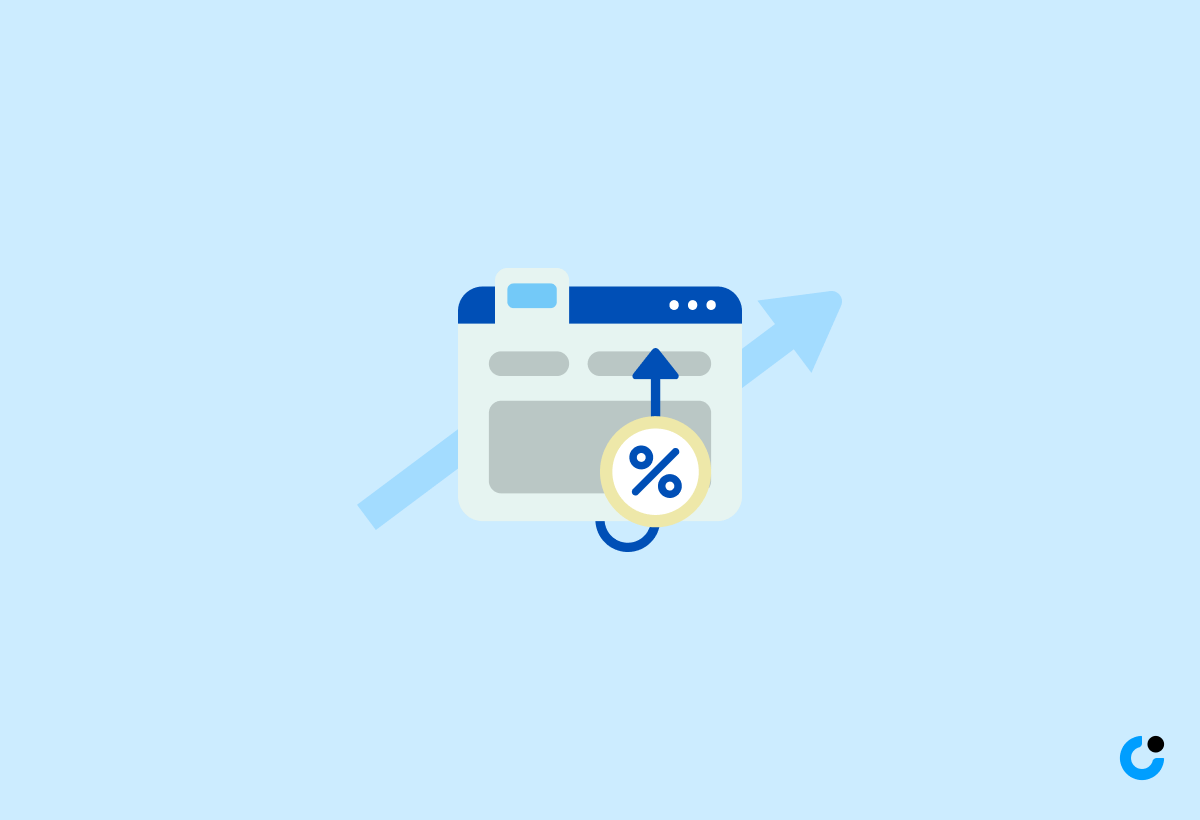Are you struggling with low response rates from your cold email campaigns? The secret to breaking through the clutter and capturing your recipient’s attention lies in personalization. In today’s competitive market, generic emails simply won’t cut it. By crafting tailored subject lines, irresistible opening lines, and building a connection through personalized content, you can create cold emails that resonate with your target audience, boosting engagement and response rates. Let’s explore the various techniques and technologies that can help you create powerful personalized cold email examples.
Key Takeaways
- Personalize cold emails with tailored subject lines, captivating opening lines and connection-building content to increase response rates.
- Leverage trigger events, compliments and shared interests in personalized messages for greater engagement.
- Utilize AI technology, analytics insights and visuals to Optimize personalization efforts.
Crafting Personalized Cold Emails That Resonate

To create personalized cold emails that resonate with your recipients, you need to focus on three key aspects: tailored subject lines, captivating opening lines, and building a connection through personalized content. Crafting a message that addresses your recipient’s specific needs and interests makes it stand out in their inbox, compelling them to take action. Learning how to write personalized cold emails effectively will significantly improve your outreach success, and mastering the art of writing personalized cold emails will take your skills to the next level.
Crafting personalized cold emails using the right approach and tools significantly improves response rates, driving better outcomes from your cold outreach efforts.
The Art of the Tailored Subject Line
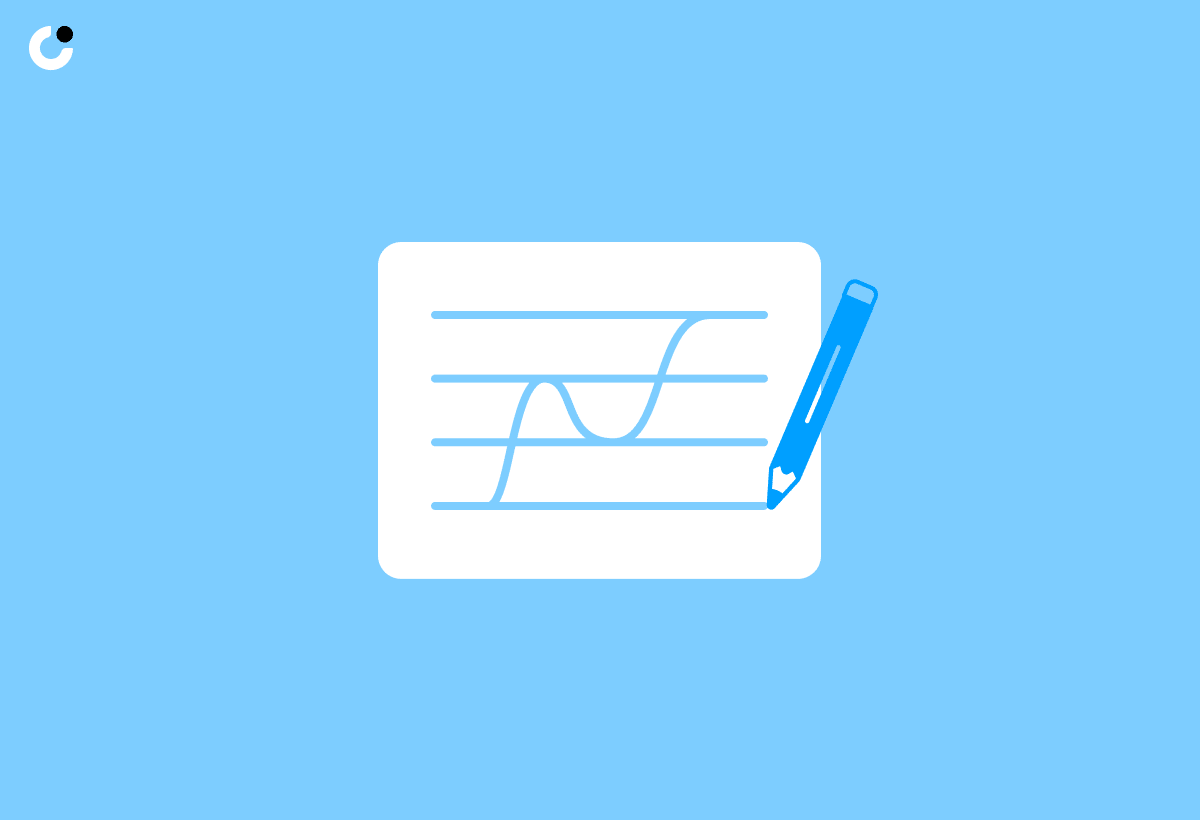
The email subject line is your first opportunity to make an impression and entice recipients to open your email. A tailored subject line should be unique, relevant, and attention-grabbing. Research has shown that personalizing email subject lines can have a significant impact on open rates.
Crafting a tailored subject line involves:
- Keeping it brief
- Making it relevant
- Personalizing it
- Using a human tone
- Testing and iterating to find the most effective approach for your target audience.
Crafting an Irresistible Opening Line
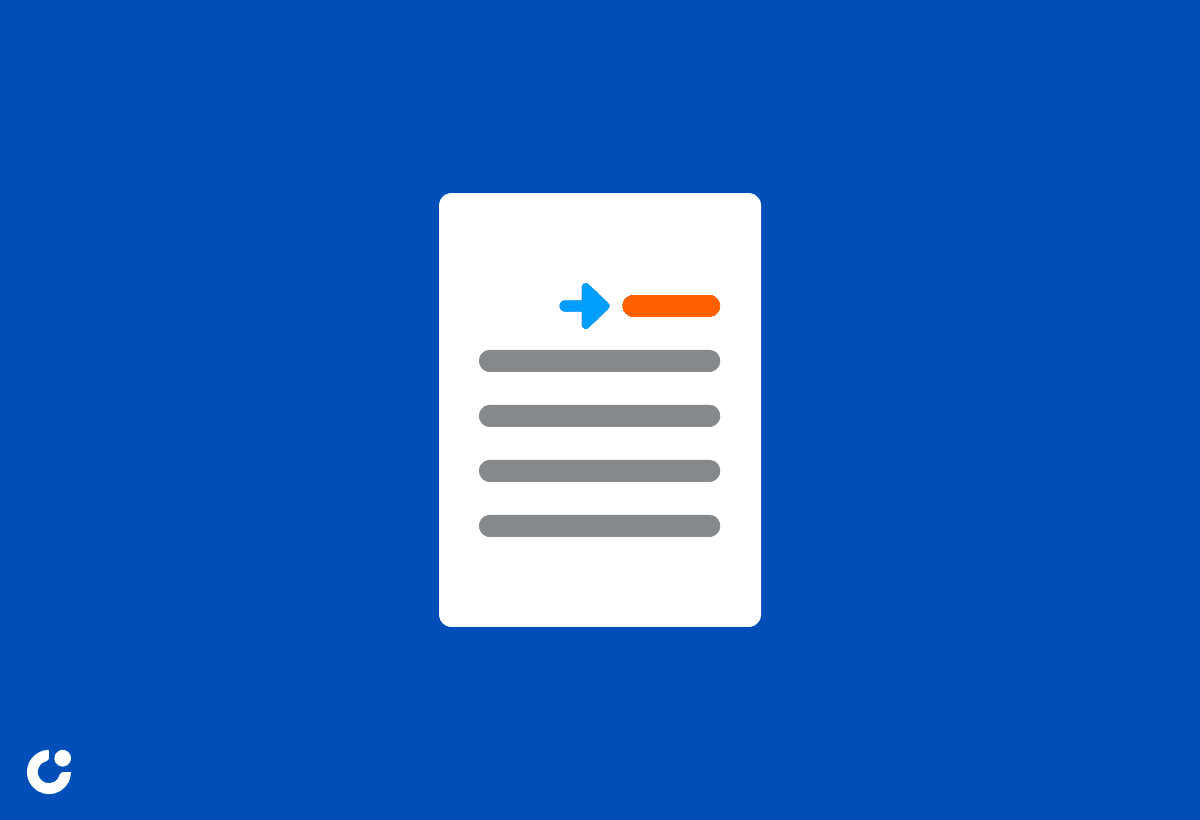
Once your recipient has opened your email, the opening line is pivotal in capturing their interest and keeping them engaged. Crafting an irresistible opening line involves researching your recipient and using personalized information to establish rapport and spark their curiosity.
Mentioning recent updates or news shared on the company’s or individual’s social media accounts can help you tailor your email, making it appear as if you are writing specifically to them.
Building a Connection Through Personalized Content
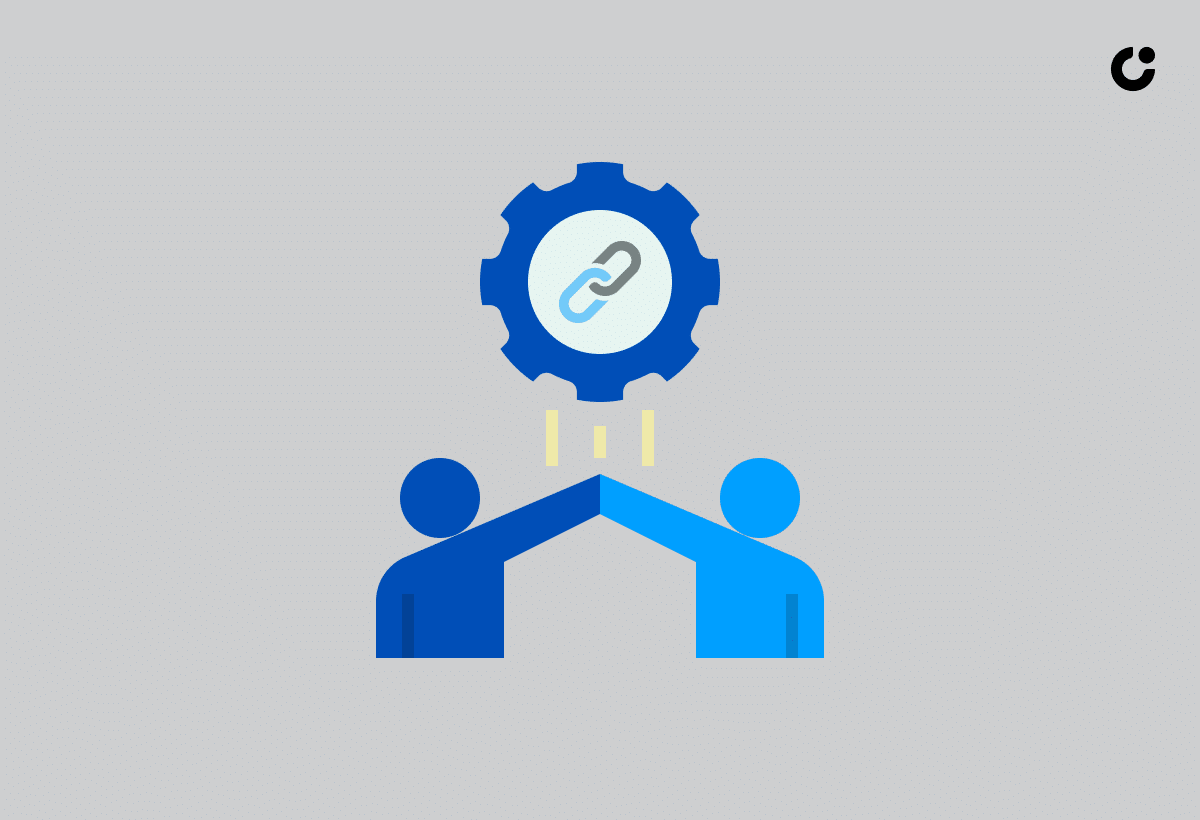
The body of your email should be focused on addressing the recipient’s pain points, interests, and goals. Incorporate pertinent information related to their interests or pain points, while remaining succinct and captivating. This approach creates a compelling message that resonates with your recipient and encourages email engagement.
Personalized content is the key to building mutual connections and increasing the likelihood of a positive response, even when targeting the same person multiple times.
Real-World Examples of Personalized Cold Emails

To truly understand the power of personalized cold emails, let’s take a look at real-world examples that showcase success stories from various industries, personalization techniques that won replies, and templates that get results. Examining these case studies and learning from their successes can help refine your own cold email personalization strategy, boosting your response rates.
Success Stories from Various Industries
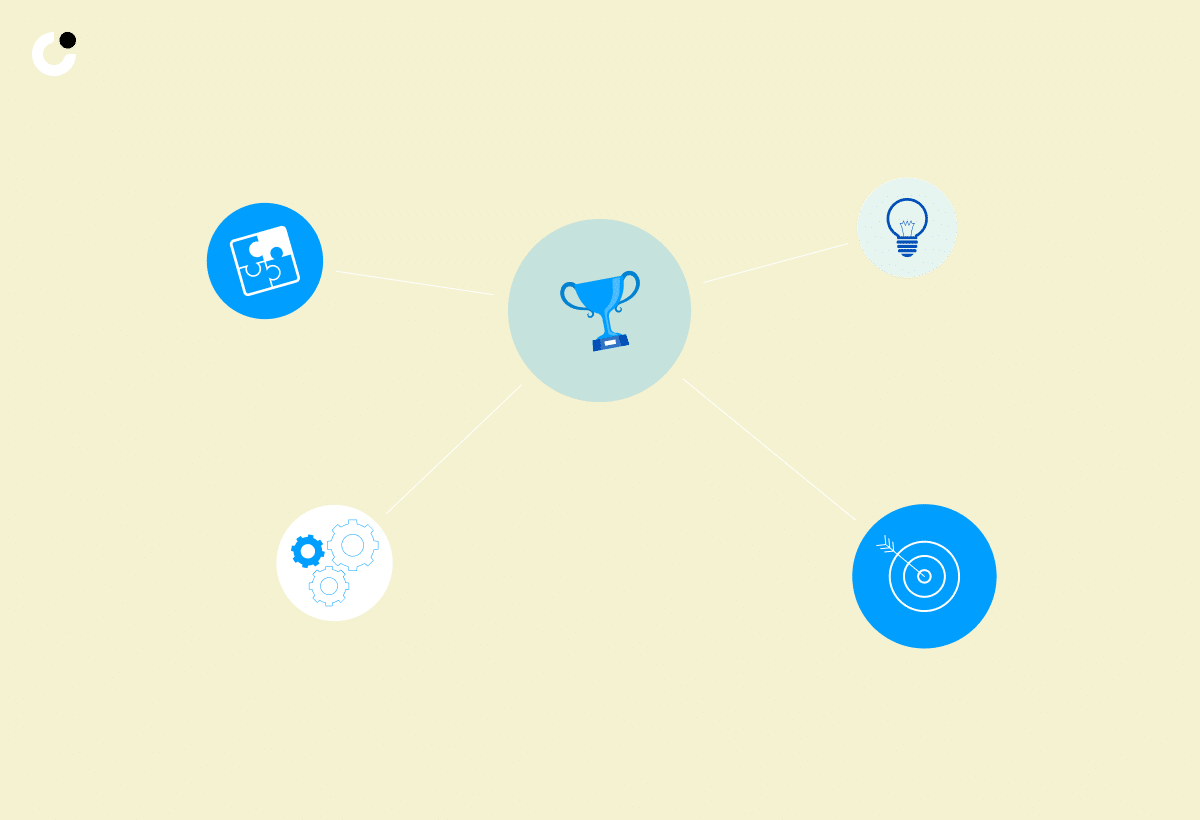
Successful personalized cold emails have been employed across various industries, yielding impressive results through cold emailing. A personalized cold email example can be seen in the tech industry, where a sales representative reported a 40% reply rate and increased revenue after sending a personalized cold email for each prospect. Similarly, a nonprofit organization experienced higher donation amounts and overall support after creating personalized cold email templates tailored to individual donor interests.
These success stories demonstrate the effectiveness of personalized cold emails in generating responses and conversions.
Personalization Techniques That Won Replies
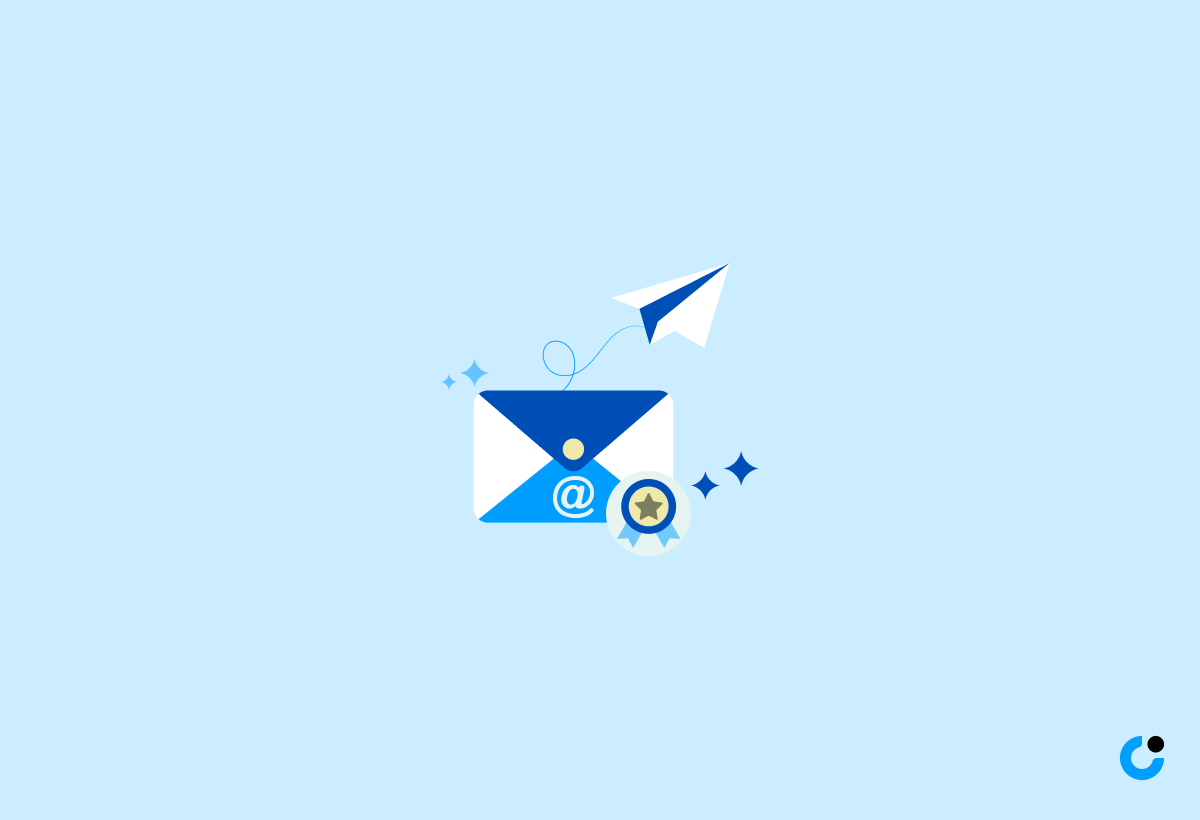
Personalization techniques that have proven effective in generating replies include leveraging trigger events, offering compliments, and highlighting shared interests. Utilizing these techniques creates a connection with the recipient, increasing the likelihood of a response.
For example, Ashley Dees, SDR Manager at Metadata, suggests that mentioning something the prospect did outside of work serves as an effective conversation starter in a cold email.
Templates That Get Results

Templates that get results provide a starting point for crafting personalized cold emails that resonate with recipients. Some examples of effective templates include:
- The “Enticer” template: This template is a proven winner for lead nurturing sequences targeting top-of-funnel leads who require a more subtle sales approach.
- The “Problem-Solver” template: This template focuses on addressing a specific pain point or challenge that the recipient may be facing, offering a solution or suggestion.
- The “Social Proof” template: This template leverages social proof, such as customer testimonials or case studies, to build credibility and trust with the recipient. Using effective templates as a foundation allows you to tailor your emails to your recipient’s preferences and engagement patterns, improving the chances of a positive response.
Enhancing Email Personalization with Technology
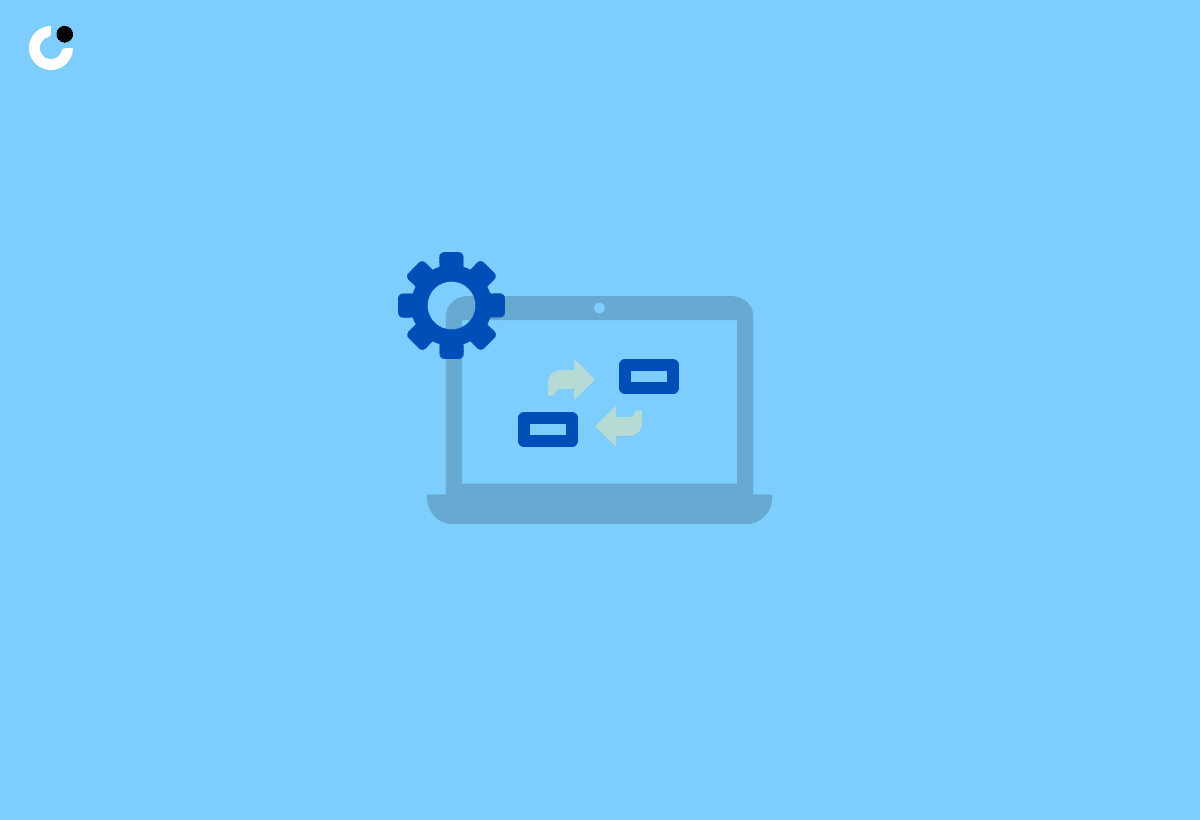
Technology plays a vital role in enhancing email personalization and maximizing its impact. Integrating CRM data, leveraging AI, and utilizing analytics can all provide valuable insights into personalization strategies and help you create more targeted and relevant messages for your recipients.
Let’s explore how these technologies can elevate your cold email personalization efforts.
Integrating CRM Data for Seamless Personalization

Integrating CRM data allows for seamless personalization by incorporating relevant information about recipients into cold emails. A CRM system connects with your email marketing or sales automation tool, enabling you to access and utilize data stored in your CRM to personalize and tailor your cold emails.
Incorporating CRM data into personalized emails improves segmentation, customization, and overall campaign effectiveness.
Leveraging AI for Advanced Personalization

Artificial intelligence (AI) can be a game-changer for cold email personalization. AI can analyze customer data to gain insight into preferences and behaviors, allowing for more tailored and relevant content. It can also optimize send times to ensure that emails are sent at the most effective times for each recipient.
Employing AI in your cold email campaigns creates a more personalized and engaging experience for your customers.
Utilizing Analytics for Personalization Insights

Leveraging analytics can provide valuable insights into the effectiveness of your personalization strategies and identify areas for improvement. Analytics can be used to analyze historical data, identify patterns, and predict customer behavior, allowing you to create more tailored and relevant content.
Additionally, analytics can be used to measure the efficacy of personalization efforts and track key metrics such as open rates, click-through rates, and conversions.
Timing and Frequency: When to Send Personalized Cold Emails
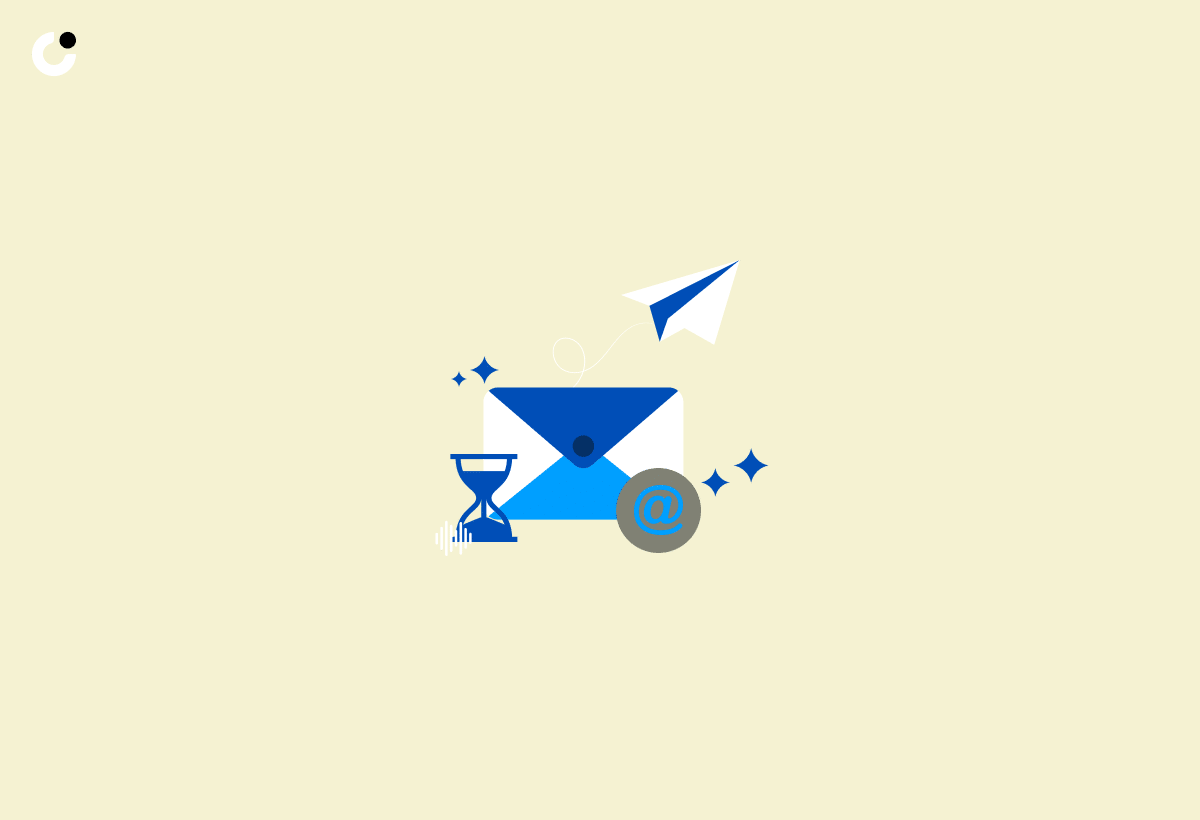
Timing and frequency are crucial when sending personalized cold emails. Sending emails at the right time and with the right frequency can greatly impact their effectiveness. In this section, we’ll discuss the best times for email outreach, mastering follow-up sequences, and avoiding spam folders with smart scheduling.
Understanding the importance of timing and frequency ensures your personalized cold emails reach recipients and have a higher chance of being read.
Decoding the Best Times for Email Outreach
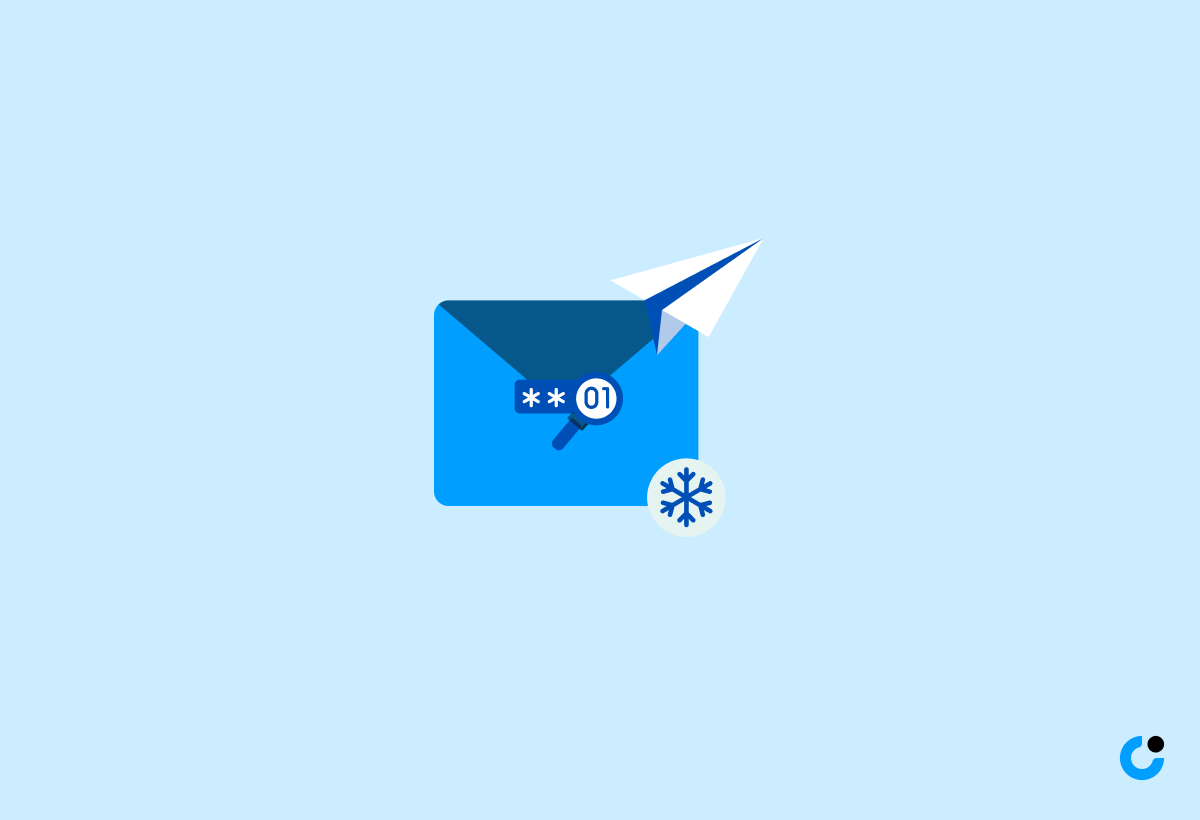
Research indicates that the optimal time to send cold emails is between 8:00 and 11:00 am in the recipient’s local time zone. Peak times for recipients to read their emails are Tuesday through Thursday mornings, between 8 and 10 am.
Analyzing recipient engagement patterns and industry trends identifies the most effective times for email outreach, maximizing open and response rates.
Mastering the Follow-Up Sequence
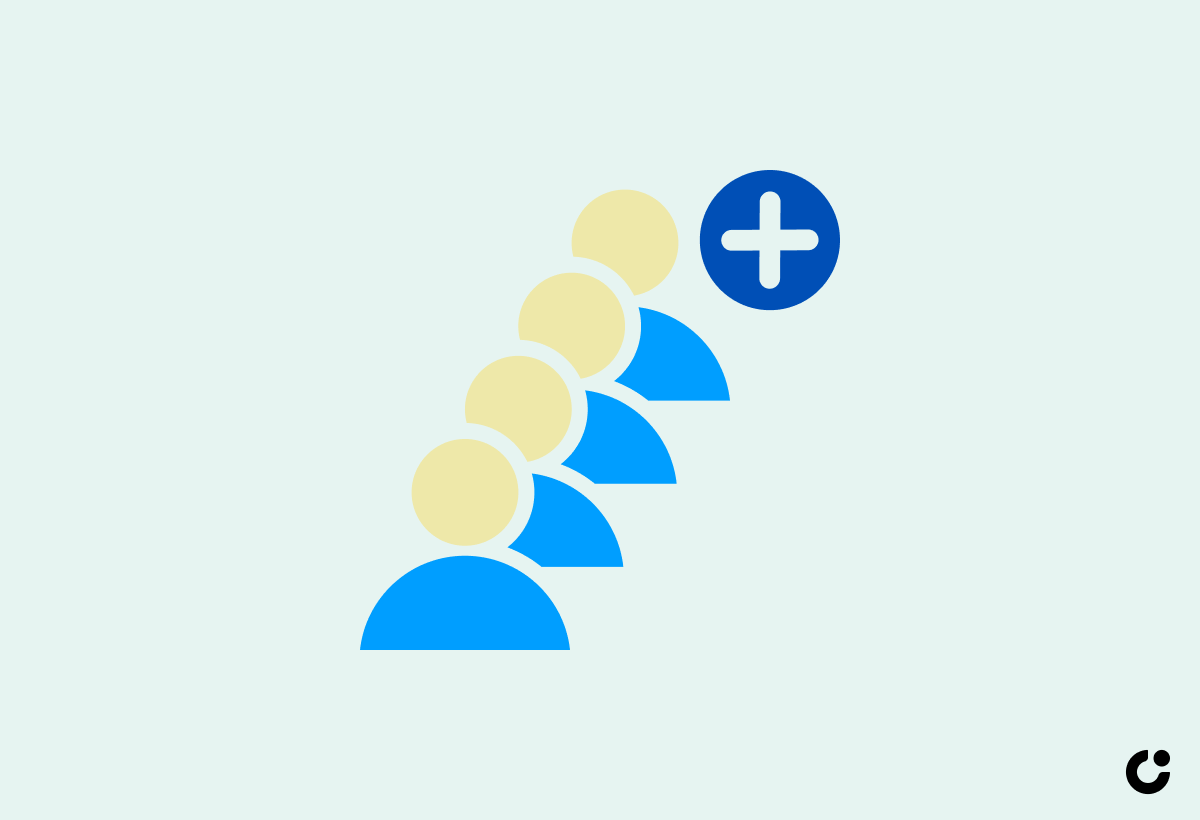
A well-planned follow-up sequence is essential for maintaining recipient interest without overwhelming them. The recommended frequency for sending follow-up emails is between 3-5 times, depending on the industry and target audience. In terms of timing, the optimal time to send a follow-up email is between 10 AM and 11 AM in the recipient’s time zone.
Mastering the follow-up sequence strikes the right balance between persistence and not overburdening the recipient.
Avoiding the Spam Folder with Smart Scheduling
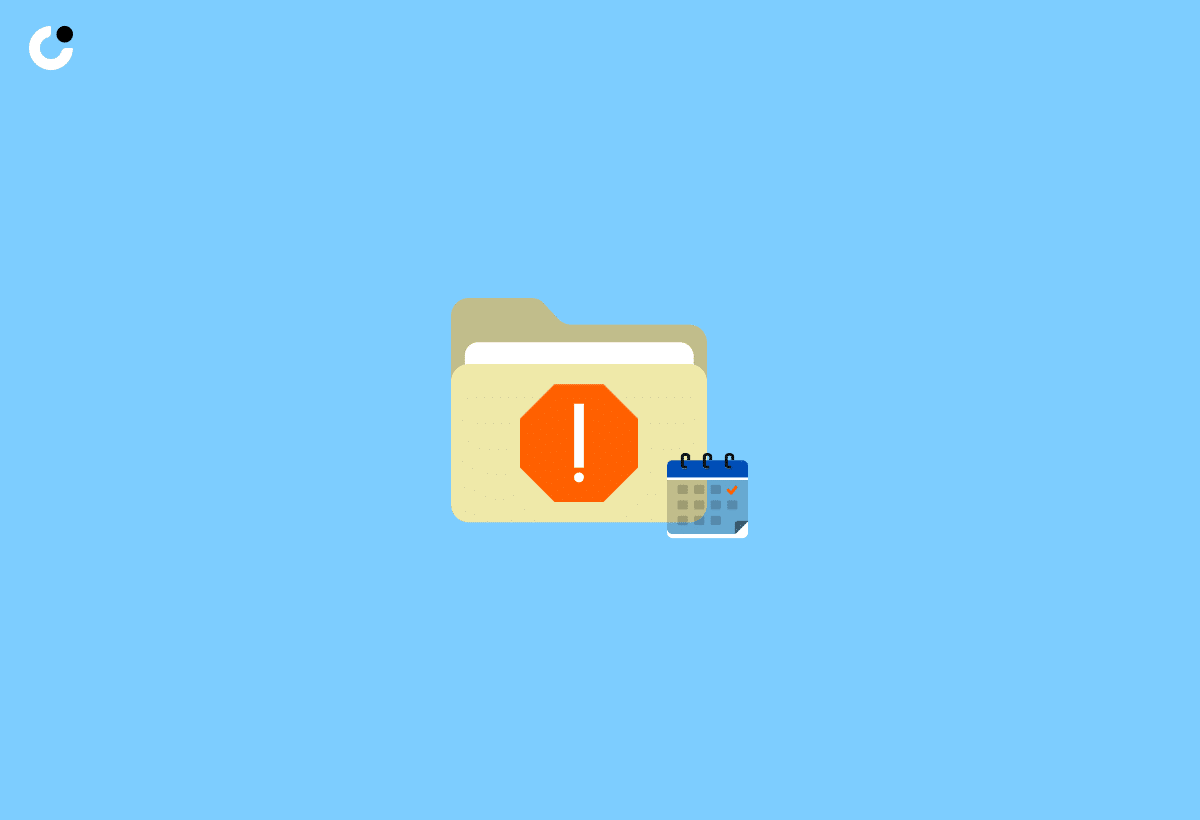
Smart scheduling can improve the email open rate by sending emails at the most suitable time for each recipient. By scheduling emails based on the recipient’s time zone and peak engagement times, the likelihood of your email being seen and opened is increased.
To ensure that your personalized cold emails reach the intended prospect’s inbox at the specified time, utilize scheduling tools like QuickMail.
Maximizing Impact with Visuals in Personalized Emails
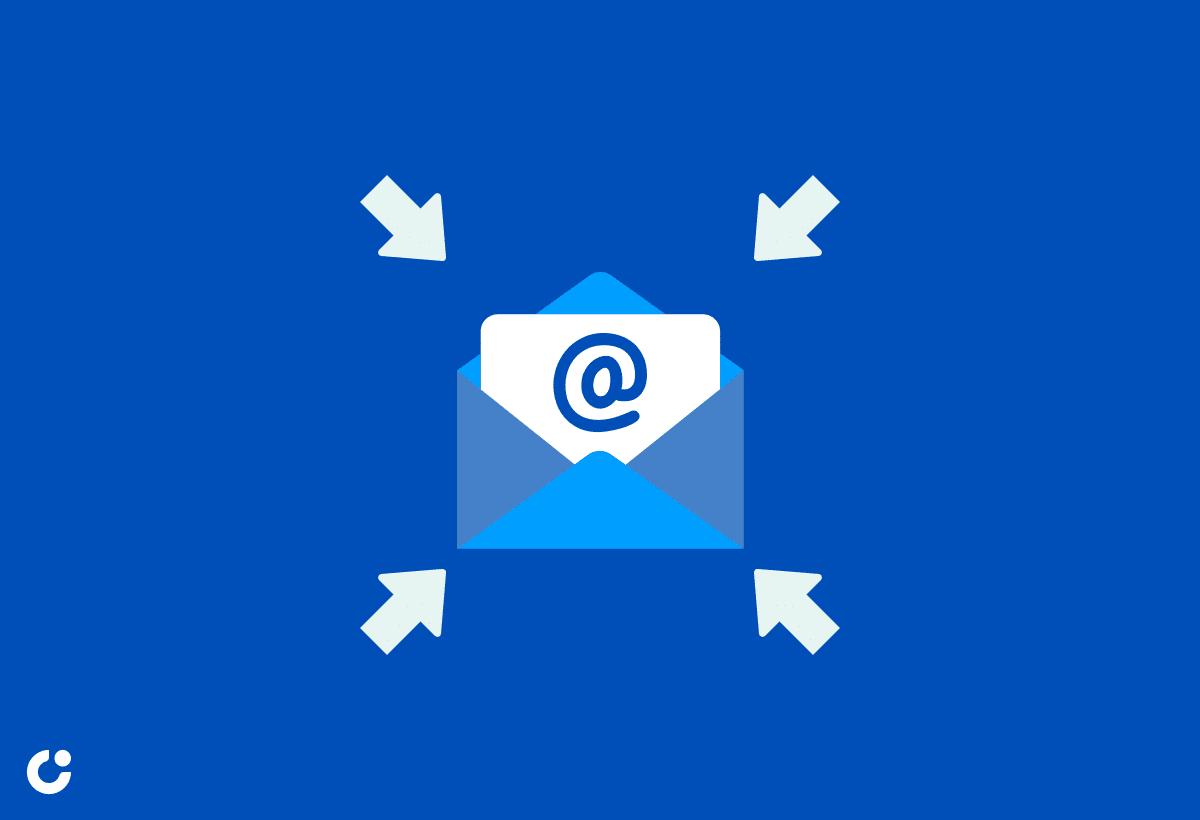
Visuals can greatly enhance the impact of your personalized cold emails. Incorporating custom images, GIFs, and personalized videos can grab your recipient’s attention and make your message more memorable. In this section, we’ll explore how visuals can be used to engage recipients and enhance the overall effectiveness of your cold email campaigns.
Incorporating Custom Images and GIFs
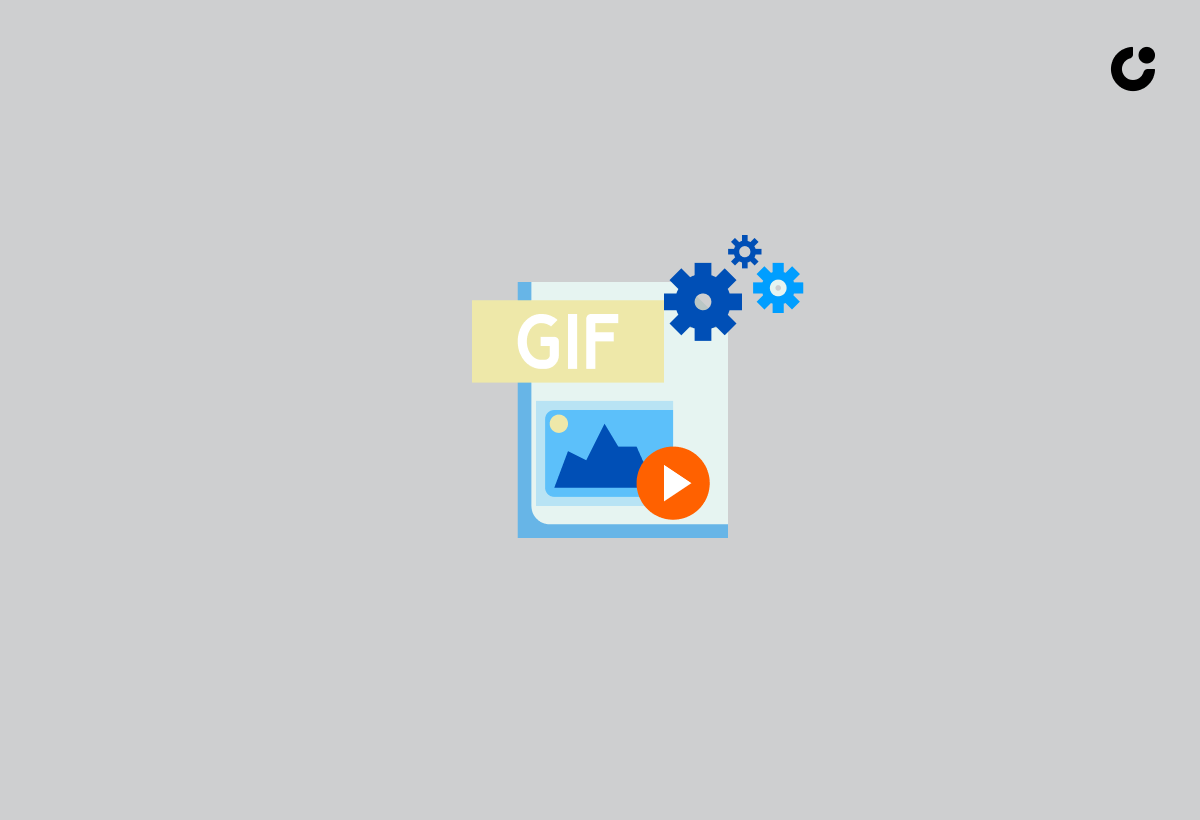
Custom images and GIFs can increase recall, boost engagement and response rates, and add visual appeal to your cold emails. However, the effectiveness of visuals can vary depending on the target audience and context, so it’s important to test different approaches and evaluate response rates to determine what works best for your audience.
Using Personalized Videos to Engage
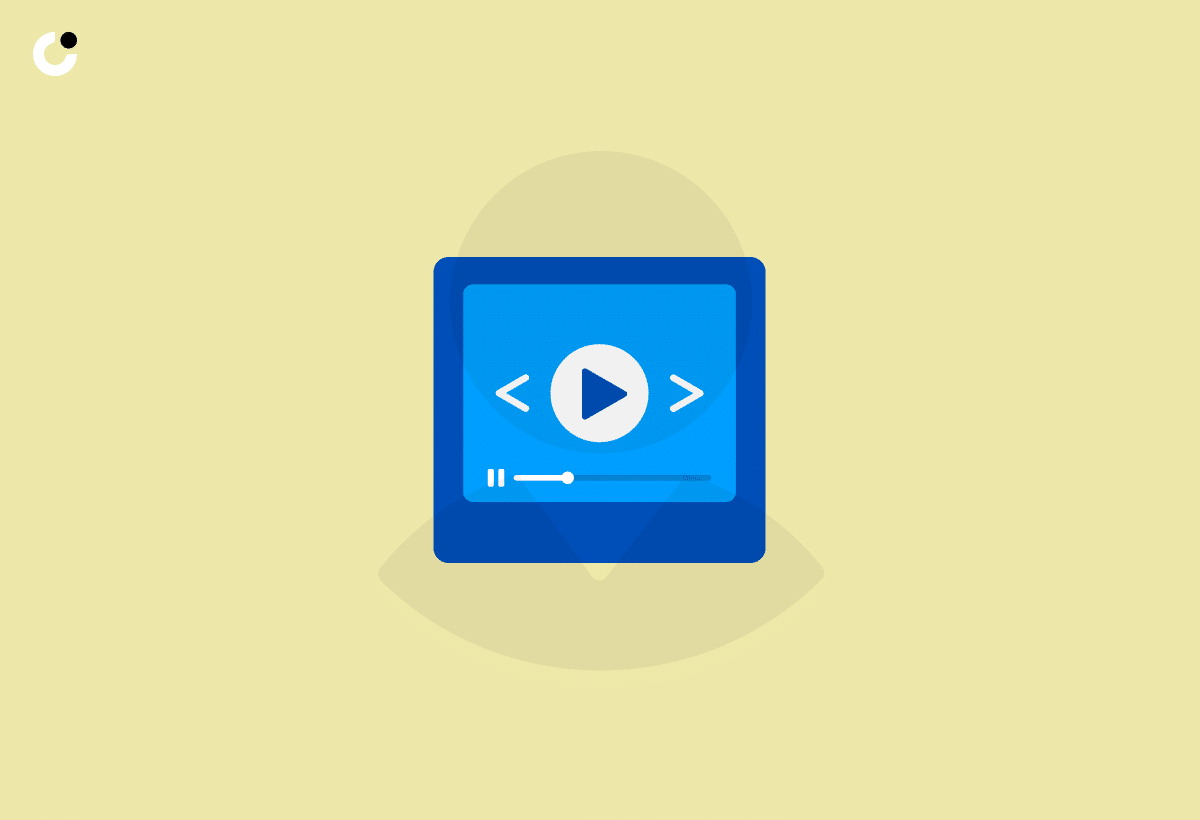
Personalized videos can create a more engaging and interactive experience for recipients, increasing the likelihood of a response. By incorporating personalized videos into your cold emails, you can address the recipient’s specific needs and interests, creating a more memorable and impactful message.
As a result, using personalized videos can help boost engagement and overall campaign effectiveness.
Personalization Beyond the Basics

To truly elevate your cold email personalization strategy, you need to go beyond the basics and embrace advanced techniques such as hyper-personalization, segmenting contact lists for tailored messaging, and using dynamic content for each recipient.
In this section, we’ll explore these advanced personalization tactics and how they can help you create even more targeted and relevant messages for your recipients.
Hyper-Personalization Tactics

Hyper-personalization involves using multiple data points and advanced personalization techniques to create highly targeted and relevant messages for recipients. By employing hyper-personalization tactics, such as addressing multiple personalization fields and catering to highly specific pain points, you can create a more tailored and impactful message that resonates with your target audience, increasing the likelihood of a positive response.
Segmenting Your Contact List for Tailored Messaging

Segmenting your contact list is essential for creating tailored messages that cater to each recipient’s specific needs, interests, and pain points. By dividing your contact list into segments based on relevant data points such as interests, demographics, or previous interactions, you can send more relevant and personalized offers, recommendations, or content to each segment, increasing engagement and response rates.
Dynamic Content for Each Recipient
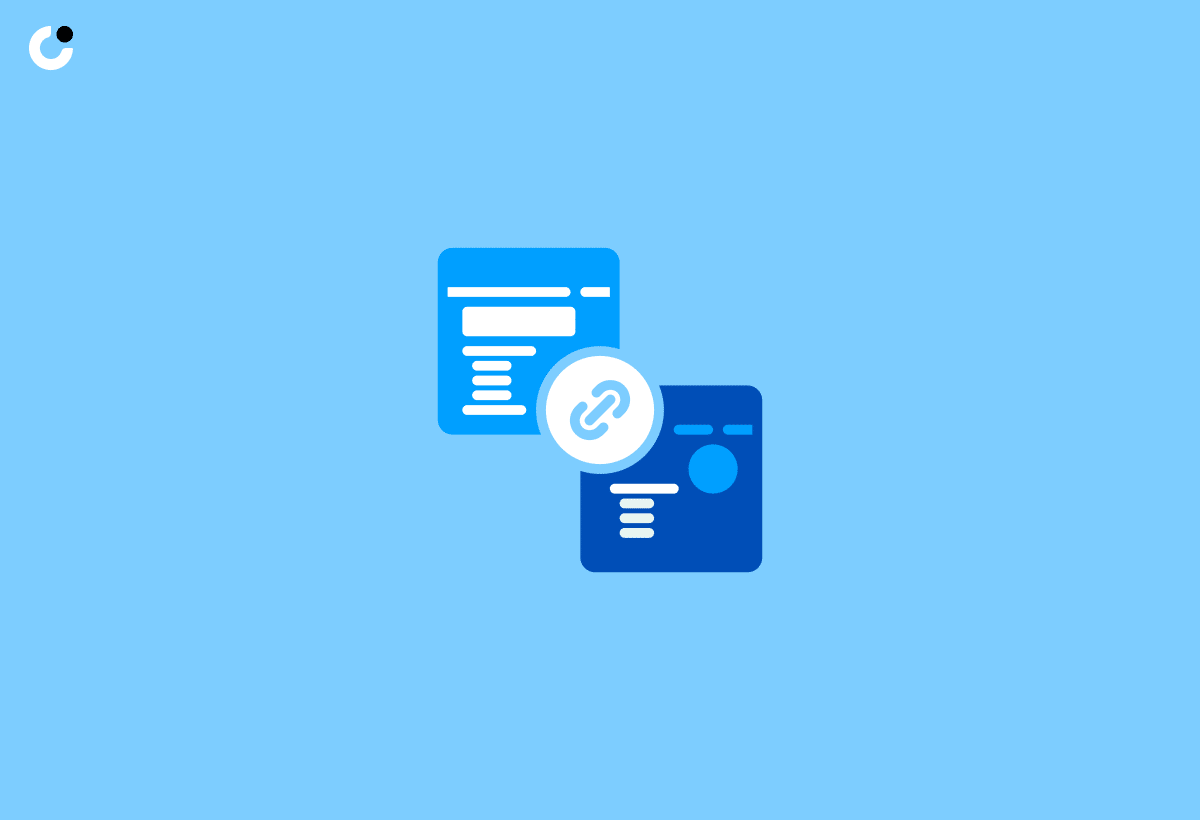
Dynamic content enables you to create unique and personalized messages that adapt to the recipient’s preferences and engagement patterns. Utilizing dynamic content in your cold emails ensures that each recipient receives a message tailored to their specific needs and interests, increasing the likelihood of engagement and response rates.
Summary
In summary, crafting personalized cold emails that resonate with your recipients is crucial for boosting engagement and response rates. By focusing on tailored subject lines, captivating opening lines, and personalized content, you can create impactful messages that stand out in your recipient’s inbox. Additionally, leveraging technology, visuals, and advanced personalization tactics can further enhance the effectiveness of your cold email campaigns. Start implementing these strategies today and experience the power of personalized cold email outreach.
Frequently Asked Questions
What are some effective techniques for crafting personalized cold emails?
Effective techniques for crafting personalized cold emails include tailoring subject lines, creating captivating opening lines, and personalizing content to build a connection with the reader. Make sure to use a professional tone and avoid any introductory or summary statements in the email.
How can technology enhance email personalization?
Technology can integrate CRM data, leverage AI, and utilize analytics to create more personalized emails for recipients, allowing for stronger connections and higher engagement rates.
What role do visuals play in personalized cold emails?
Visuals play an important role in personalized cold emails as they help to grab recipients' attention and make the message more memorable.
What are some advanced personalization tactics?
Advanced personalization tactics include hyper-personalization, segmenting contact lists, and using dynamic content for tailored messaging. These strategies create a more meaningful and effective interaction with each individual customer.
How can I avoid my cold emails from ending up in the spam folder?
To avoid ending up in the spam folder, practice smart scheduling and write in a professional tone with a clear conclusion in the first sentence that makes a connection to the reader. Avoid introducing or summarizing in your emails.

